We have been known to enthuse about the benefits of drying harvests. From giving elderflowers longevity for future brewing, or to help use surplus chilli hauls, there are plenty of foods and flavours that keep on giving long after they’ve lost their liquid.
Until now our drying methods have involved either an oven or the conservatory. Both techniques work fine, but can be a bit risky – ovens can easily scorch unattended foods and the British weather doesn’t always provide sufficient warmth, particularly during the cooling autumn days around harvest time. There is a more reliable solution: food dehydrators, specially designed for the task.
A few weeks ago we were contacted by household kit retailers Andrew James to see if we wanted to review anything from their site. They have a dehydrator at the lower end of the price range and it gets great reviews. We asked. They sent. We tested.
The end of March isn’t the best time to dry harvests, seeing as there is little to be picked right now, so instead we bought five ingredients with which to put the dehydrator through its paces. Here’s how we got on…
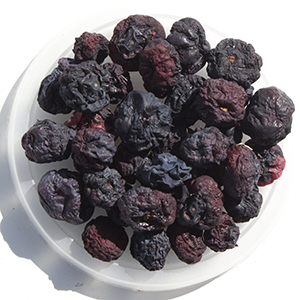
Blueberries
Soft fruit often arrives in a hurry, so lots of it gets preserved in jams, booze and the freezer. Drying is a great alternative, particularly if you like to pep up your morning muesli with additional flavoursome morsels. Our test dehydrator did a great job, shriveling the berries and concentrating their flavour and sweetness.
Rating: 5/5
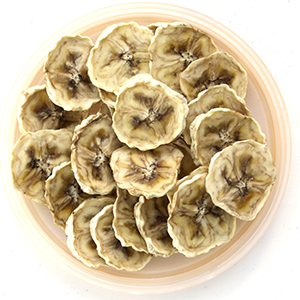
Bananas
I’m not really sure why I decided to dry bananas, other than lots of people like to do it. I’m never going to grow bananas, so won’t have a surplus, and I can’t imagine ever deciding to sacrifice a fresh one for its drier relation. Anyway… they dried well and relatively quickly, although I couldn’t quite get the sweet, shattering texture of shop bought dried bananas.
Rating: 2/5
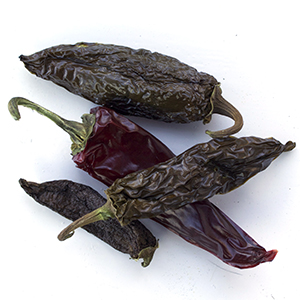
Chillis
I was hoping for a good result from these. When autumn comes round I have loads of chillis and drying them is great, either stored whole or ground into powder. Thankfully, the dehydrator didn’t let me down, gently heating the hot pods until they shrank into power-packed peppers. They did, however, take ages to dry – particularly the large green ones – so next time I’ll slice them in half.
Rating: 4/5
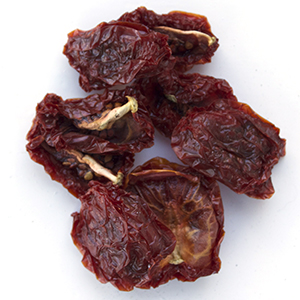
Tomatoes
Another crop I get a lot of, with the excess usually getting chutnified. I use a lot of sun-dried tomatoes in cooking but have never considered drying them myself, so this was a good opportunity to experiment. And the results are superb. They took nearly as long as the chillis but with much more consistent results. I’m not entirely certain of the best way to rehydrate them before cooking, but in their current chewy form they taste great.
Rating: 4/5
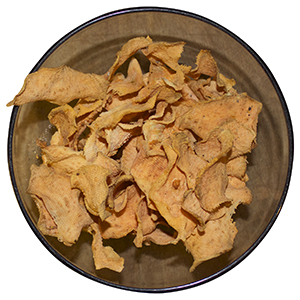
Sweet potato crisps
Another crop I’m unlikely to grow, but the internet is full of praise for sweet potato crisps so I gave them a go. They we’re thinly and evenly sliced with a potato peeler before laying out for the circulating warm air to crisp them up. These were ready before anything else and they tasted good, if not quite crisp-like. I think next time a thin coating of oil before entering the heat should do the trick.
Rating: 3/5
+++++
The verdict
Overall the dehydrator did the job with aplomb. It’s slow progress (between six hours for the sweet potatoes and 36 hours for some of the chillis) but stick it out of sight, forget about it for a while, and it’s worth the wait. Tomatoes, chillis and soft fruit will definitely make regular appearances on the drying trays and I also look forward to giving it a work out with other harvests – particularly my home grown hops.
Finally, one piece of advice: the first running of the machine gives off a slight plastic smell which can permeate into the food. Run the machine on empty for while, then give the trays a thorough scrub, and that problem should be fixed.
The Andrew James Rectangular Food Dehydrator is available for sale on their website, here.
Many thanks to the top brass for sending us a product to test.
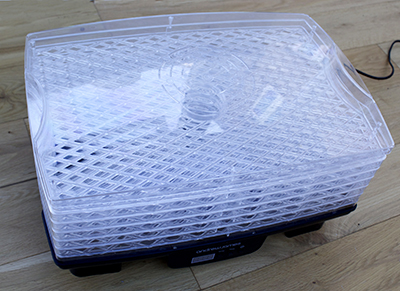


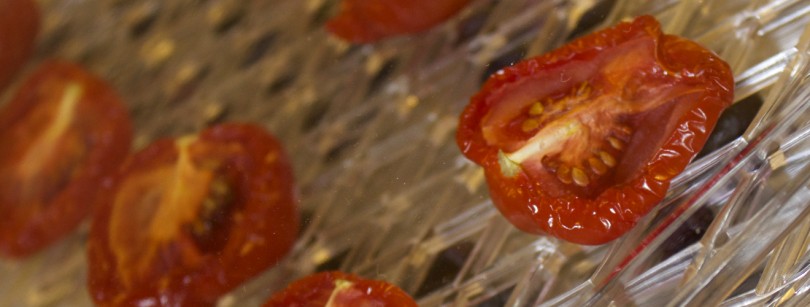


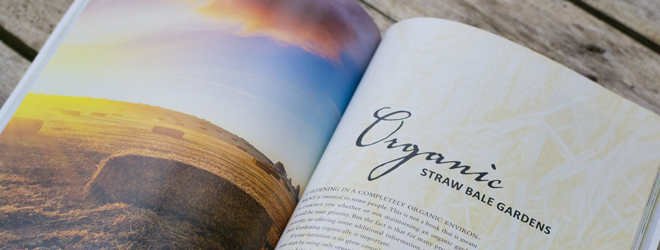


Sold! I’ve been thinking about investing in a dehydrator myself and was wondering whether to go for a larger rectangular one or start with a smaller, round one. Sounds like this one will do nicely, ta 🙂
Go for it! It’s the only dehydrator I’ve used so can’t compare it with anything else. Some things take a loooong time, but I think that’s the case with most of them. Looking forward to loading it up again this weekend. Let me know what works well for you… and don’t forget the clear run & wash to reduce the eau-de-plastic.
Seems like a great investment. Can I ask how long chillis took to dry?
Erm, I must admit I didn’t properly time everything but I think it was around 48 hours. They were quite fat chillis so I would expect smaller ones to go through a little quicker.
Hi Nick, just found your article.
Food dehydrators are a blessing.
If you are able to dry your food properly, all the taste will remain in the food. This is why it is important to have a procedure before you start and follow it religiously.
You may think that if you start dehydrating food, you will lose the taste. What really happens is that the taste becomes more concentrated. Consequently, when you dehydrate food, you are removing the water and preserving the flavor.